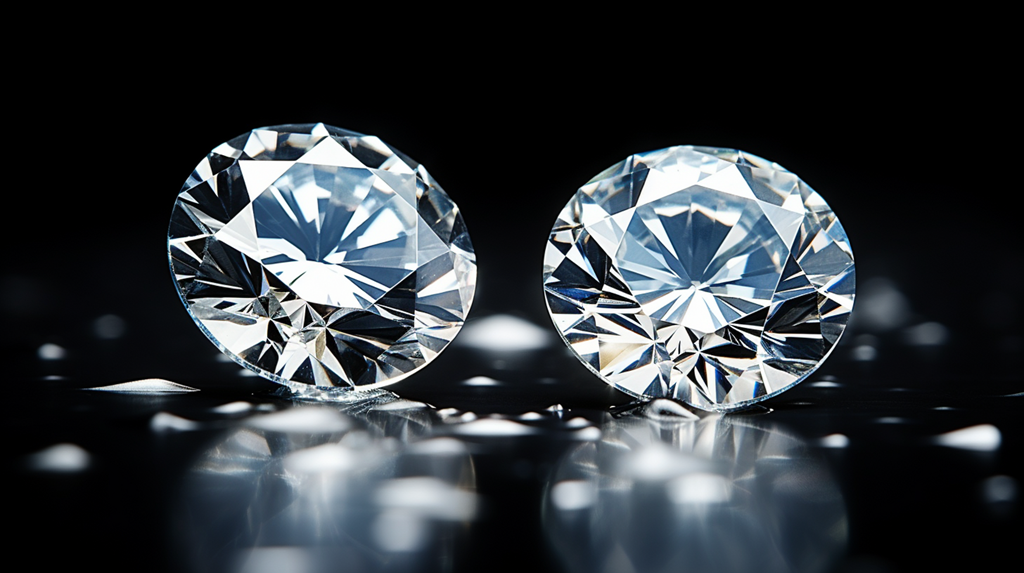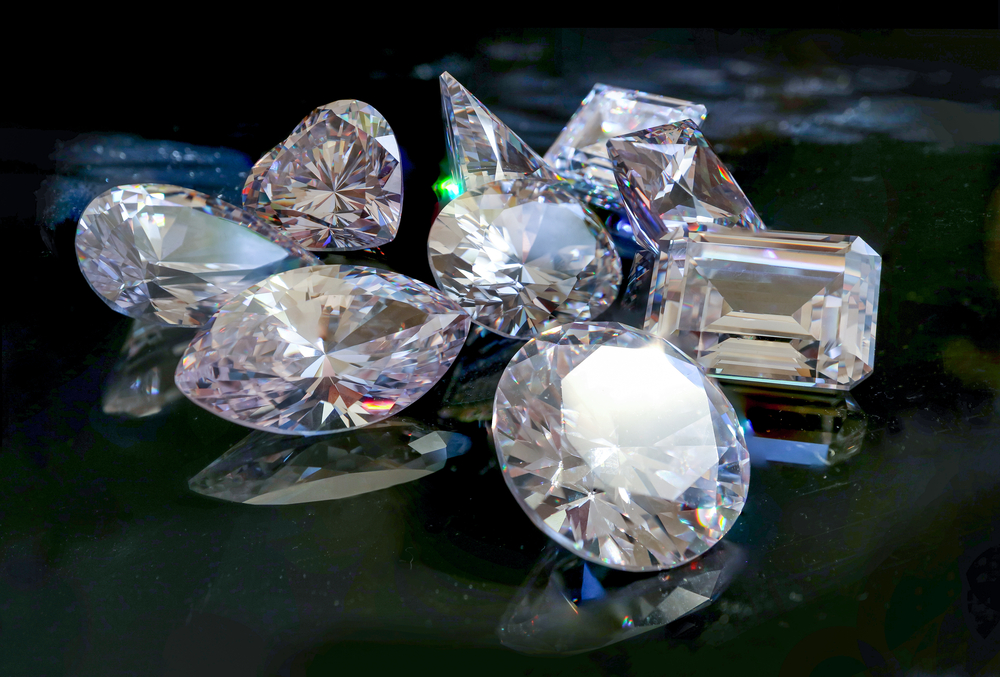
Exploring the World of Lab-Grown Diamonds
In recent years, cultures and lab grown diamonds have emerged as a revolutionary alternative to their mined counterparts. These diamonds, also known as synthetic or cultured diamonds, are created through advanced technological processes that replicate the natural conditions under which diamonds form in the Earth’s mantle. This process results in diamonds that are chemically, physically, and optically identical to mined diamonds, but with a significantly smaller environmental footprint.
The Process of Cultivating Diamonds in Laboratories
The production of lab-grown diamonds begins with a tiny diamond seed, which is placed in an environment that replicates the high pressure and temperature found in the Earth’s mantle. This seed is then exposed to carbon-rich gases like methane or hydrogen, which are heated to extreme temperatures. As the gases decompose, carbon atoms are deposited onto the seed, gradually building up the diamond’s structure over weeks or months.
Quality and Characteristics of Lab-Grown Diamonds
Cultured diamonds exhibit the same brilliance, hardness, and fire as natural diamonds, making them indistinguishable to the naked eye. They are graded using the same 4Cs criteria—cut, color, clarity, and carat weight—as mined diamonds. However, one significant advantage of lab-grown diamonds is their potential for achieving higher levels of clarity and color due to the controlled environment in which they are grown.
Ethical and Environmental Considerations
Unlike traditional mining practices, which can have significant environmental and social impacts, cultivating diamonds in laboratories is a more sustainable and ethical option. It eliminates the need for destructive mining processes, reduces carbon emissions, and minimizes water usage. Furthermore, lab-grown diamonds are free from the ethical concerns often associated with diamond mining, such as unfair labor practices and conflicts.
Cultural Significance of Diamonds
Diamonds have held profound cultural significance throughout history, symbolizing love, commitment, and luxury across various civilizations. In modern times, diamonds continue to be cherished as symbols of enduring love and timeless elegance. Whether used in engagement rings, wedding bands, or other jewelry pieces, diamonds evoke a sense of prestige and emotional connection.
The Evolution of Diamond Culture
The cultural significance of diamonds has evolved over centuries, influenced by factors such as art, literature, and popular culture. From ancient civilizations that revered diamonds as symbols of strength and invincibility to the Renaissance period, where diamonds became synonymous with wealth and power, these gemstones have always captivated the human imagination.
Diamonds in Contemporary Society
In contemporary society, diamonds are not only prized for their beauty but also for their symbolic meaning. They are often exchanged as tokens of love and commitment, marking important milestones in people’s lives. Additionally, diamonds play a crucial role in the fashion and luxury industries, where they are showcased in haute couture designs and coveted by collectors worldwide.
The Future of Diamonds: Embracing Innovation
As technology continues to advance, so too does the world of diamonds. Lab-grown lab created diamonds represent a pioneering step towards sustainability and innovation in the jewelry industry. Their eco-friendly production methods and ethical sourcing appeal to consumers who value transparency and social responsibility. Moreover, advancements in diamond cultivation are pushing the boundaries of what is possible, leading to new opportunities for creative expression and technological innovation.
Embracing Innovation in Jewelry Design
The emergence of lab-grown diamonds has sparked a wave of innovation in jewelry design. Designers now have access to a wider range of diamond shapes, sizes, and colors, allowing them to create bespoke pieces that cater to individual tastes and preferences. This flexibility, coupled with the assurance of ethical and sustainable sourcing, positions lab-grown diamonds as a preferred choice for forward-thinking consumers and designers alike.
Educating Consumers: The Importance of Transparency
In an age where consumers prioritize transparency and ethical practices, educating the public about the benefits of lab-grown diamonds is crucial. By highlighting the environmental advantages, ethical considerations, and quality equivalence of lab-grown diamonds compared to mined diamonds, consumers can make informed decisions that align with their values. This educational effort not only empowers consumers but also fosters a more sustainable future for the jewelry industry.
Conclusion: Redefining Diamonds for a Sustainable Future
In conclusion, the rise of lab-grown diamonds represents a paradigm shift in the diamond industry, offering a sustainable and ethical alternative to traditional mining practices. These diamonds not only uphold the same standards of quality and beauty as mined diamonds but also contribute to environmental conservation and social responsibility. As consumers increasingly prioritize sustainability and transparency, the demand for lab-grown diamonds is expected to rise, shaping the future of the jewelry industry for generations to come.





